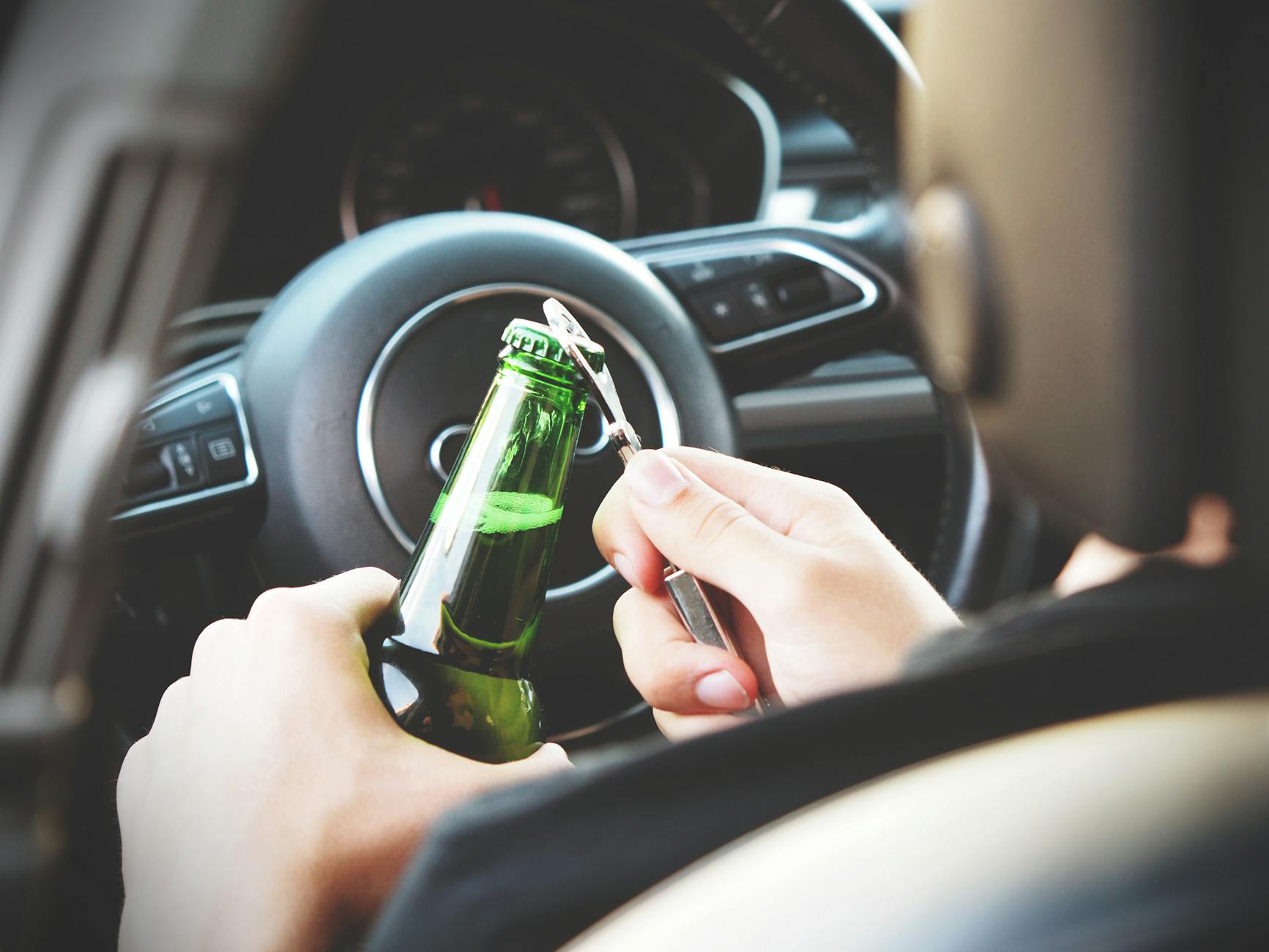Discover the surprising factors that influence how many beers it takes to feel tipsy and unlock the mystery of intoxication.

Image courtesy of energepic.com via Pexels
Table of Contents
Are you curious about how many beers it takes to reach the point of feeling tipsy or drunk? This common question often leads to a deeper exploration of the science behind alcohol intoxication. Understanding the various factors that influence how alcohol affects our bodies can not only help us make more informed decisions about our drinking habits but also ensure that we stay safe and responsible while enjoying a few drinks.
Alcohol Metabolism
Alcohol metabolism is a complex process that occurs in our bodies when we consume alcoholic beverages. When alcohol is consumed, it is primarily metabolized in the liver through enzymes. One of the key enzymes involved in alcohol metabolism is alcohol dehydrogenase, which converts alcohol into acetaldehyde, a toxic byproduct. This acetaldehyde is then further broken down into acetate by another enzyme called aldehyde dehydrogenase.
The speed at which our bodies metabolize alcohol can vary based on a variety of factors, such as age, gender, body weight, and overall health. Generally, the average person metabolizes about one standard drink per hour. This means that if you consume one beer (which is equivalent to one standard drink), it would take approximately one hour for your body to metabolize it. Keep in mind, however, that individual metabolisms can vary, and factors like liver function and genetics can also play a role in how quickly alcohol is processed in the body.
Individual Tolerance Levels
While alcohol metabolism is an important factor in determining how many beers it takes to feel intoxicated, individual tolerance levels also play a significant role. Tolerance refers to the body’s ability to handle alcohol and its effects. Factors that can influence tolerance levels include body weight, gender, genetics, and overall alcohol consumption habits.
Individuals with a higher body weight may generally have a higher tolerance to alcohol compared to those with a lower body weight. Gender can also impact tolerance levels, as women typically have lower alcohol tolerance than men due to differences in body composition and enzyme activity. Additionally, genetics can play a role in an individual’s ability to metabolize alcohol efficiently, leading to variations in tolerance levels among different people.
Factors Influencing Intoxication
Several factors can influence how quickly you feel the effects of alcohol after consuming a certain number of beers. One significant factor is the alcohol content of the beverages you are drinking. Beers with higher alcohol content will likely lead to faster intoxication compared to those with lower alcohol content.

Image courtesy of via Google Images
Mixing different types of alcohol can also impact how intoxicated you feel. For example, combining beer with spirits or wine may result in a quicker and stronger intoxication effect due to the varying alcohol concentrations in different beverages. It is essential to be mindful of the types and quantities of alcohol you are consuming to gauge your level of intoxication accurately.
Lastly, pacing and staying hydrated while drinking can help moderate the effects of alcohol consumption. Drinking water between alcoholic beverages can help slow down the absorption of alcohol into the bloodstream, thereby reducing the risk of becoming overly intoxicated. Additionally, being aware of your own limits and knowing when to stop drinking can help prevent dangerous levels of intoxication.
Conclusion
In conclusion, the question of how many beers it takes to get drunk is not a simple one-answer-fits-all scenario. Alcohol metabolism, individual tolerance levels, and various influencing factors all play a role in determining how alcohol affects our bodies. By understanding the science behind alcohol intoxication and practicing responsible drinking habits, we can enjoy a few drinks while ensuring our safety and well-being.
FAQ
How does body weight affect alcohol tolerance?
Body weight can impact alcohol tolerance, with individuals of higher weight generally having a higher tolerance due to a larger body mass to distribute alcohol.
Does mixing different types of alcohol affect intoxication levels?
Yes, mixing different types of alcohol can impact intoxication levels as the varying alcohol concentrations in different beverages can lead to quicker and stronger effects.
Why do women typically have lower alcohol tolerance than men?
Women generally have lower alcohol tolerance than men due to differences in body composition, such as higher body fat percentage and lower enzyme activity.
How can staying hydrated help moderate the effects of alcohol consumption?
Staying hydrated by drinking water between alcoholic beverages can help slow down alcohol absorption, reducing the risk of becoming overly intoxicated and promoting responsible drinking habits.
Generated by Texta.ai Blog Automation
Leave a Reply